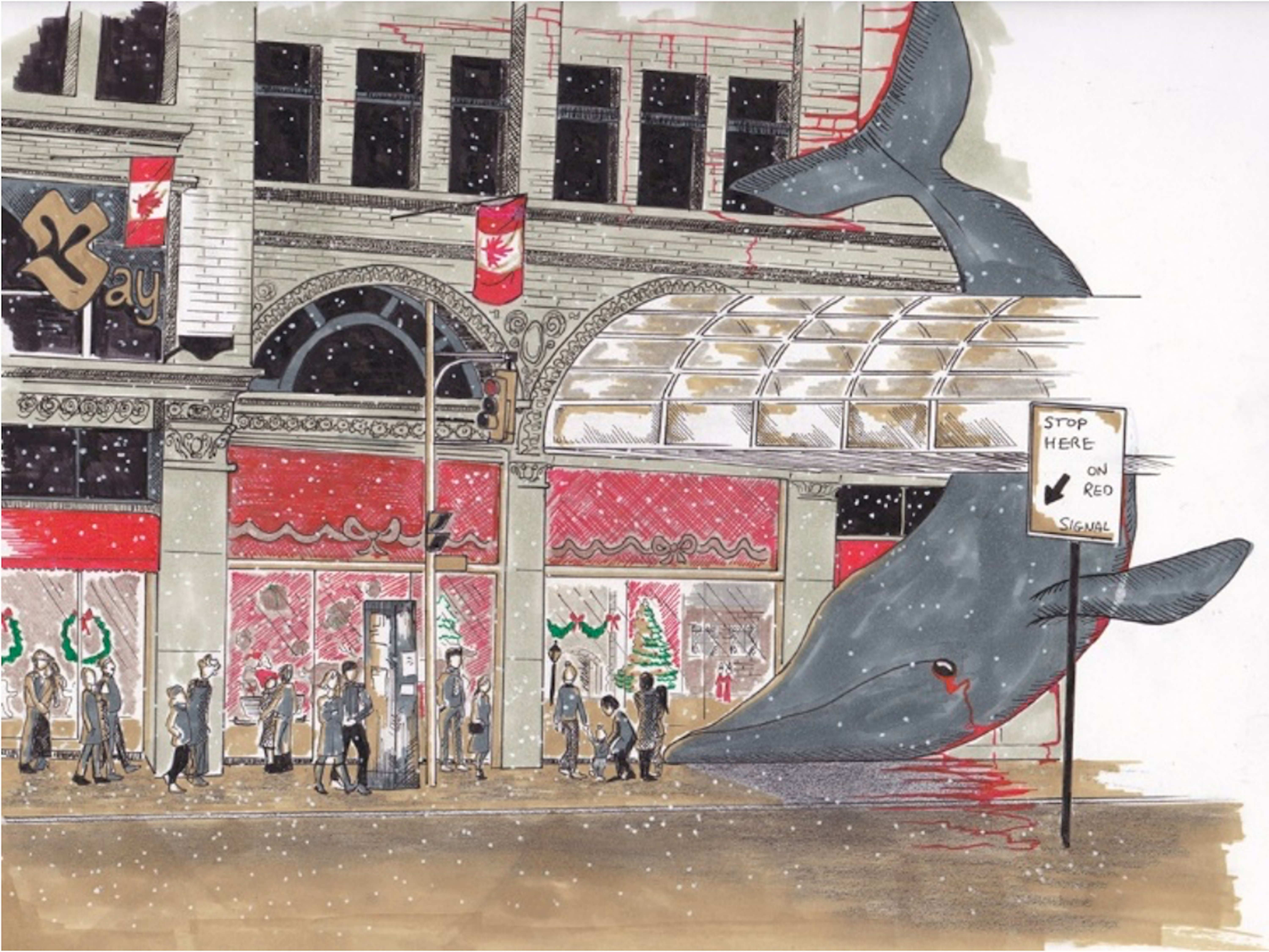ART AND DOCUMENTARIES IN CLIMATE COMMUNICATION
EXPERIENCING THE REALITY OF CLIMATE CHANGE AND LEADING THE WAY TO CHANGE
DOI:
https://doi.org/10.18432/ari29520Keywords:
visual art, focus groups, climate change, thematic analysis, documentariesAbstract
The purpose of this study was to explore which principles or characteristics of visual forms of climate communication have the potential to increase their perceived effectiveness in terms of triggering climate concern and engagement. This article details the results of a case study based on an art exhibition and a shortened documentary with the topic earth/soil. Two focus group discussions were conducted in Brighton (UK) with a total of 20 participants who had seen both the documentary and the artwork. The transcripts of these focus groups were thematically analyzed to establish categories, themes, and subthemes from the data. Results show that art as well as documentaries have the potential to be an effective medium to convey climate change to audiences. Art may speak to the audience on a different (i.e. emotional rather than cognitive) level than documentaries, and therefore could be a helpful way to introduce the subject to an audience that may not yet be overly familiar with climate change. To further encourage behavior change, a solution should be presented that is novel, relatively easy to implement and impactful.
Downloads
Published
How to Cite
Issue
Section
License
Copyright (c) 2020 Art/Research International: A Transdisciplinary Journal

This work is licensed under a Creative Commons Attribution-NonCommercial-NoDerivatives 4.0 International License.
Authors who publish with Art/Research International agree to the following terms:
a. Authors retain copyright and grant the journal right of first publication and the right to sublicense the Contribution, in the form in which it is published by the journal, to others under the terms and conditions of the of the Creative Commons Attribution-NonCommercial-NoDerivs (CC BY-NC-ND) that allows others to download the work and share the work with others with an acknowledgement of the work's authorship and initial publication in this journal, but they cannot change the work in any way or use any part of the work commercially.
b. Authors are able to enter into separate, additional contractual arrangements for the non-exclusive public distribution and display of the journal's published version of the work (e.g., post it to an institutional repository or publish it in a book), with an acknowledgement of its initial publication in this journal.
c. Authors are permitted and encouraged to post their work online (e.g., in institutional repositories or on their website) prior to and during the submission process, as it can lead to productive exchanges, as well as earlier and greater citation of published work (See The Effect of Open Access).
d. Authors wishing to include items (such as images or other media, or any creative works of others whether previously published or not) must contact the original copyright holder to obtain explicit permission to publish these items in Art/Research International. Writing permission should include: the title(s) of any copyrighted work, original place of publication if applicable, and an acknowledgement of having read Art/Research International's copyright notice. Authors are responsible for obtaining this permission and keeping it in their own records for later verification.



